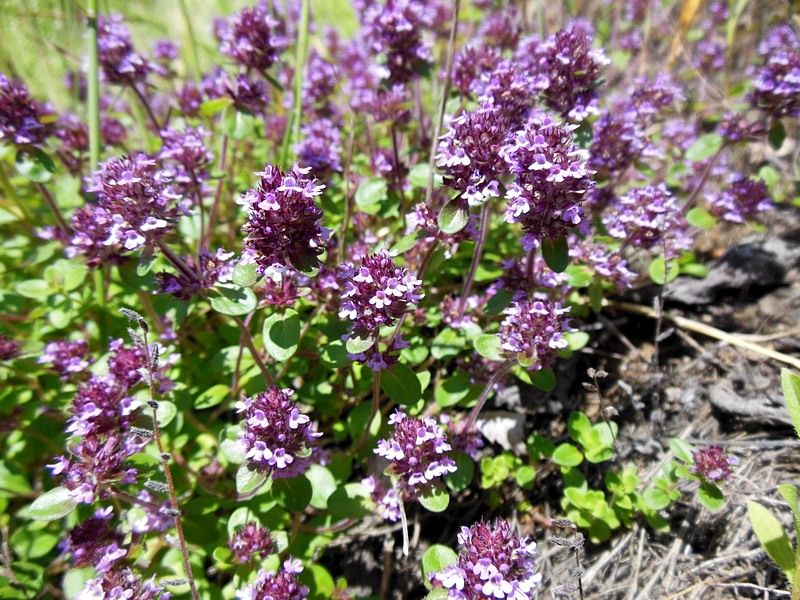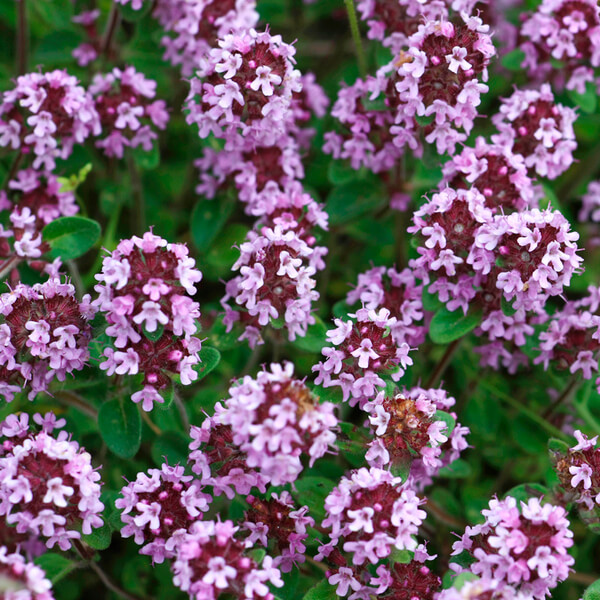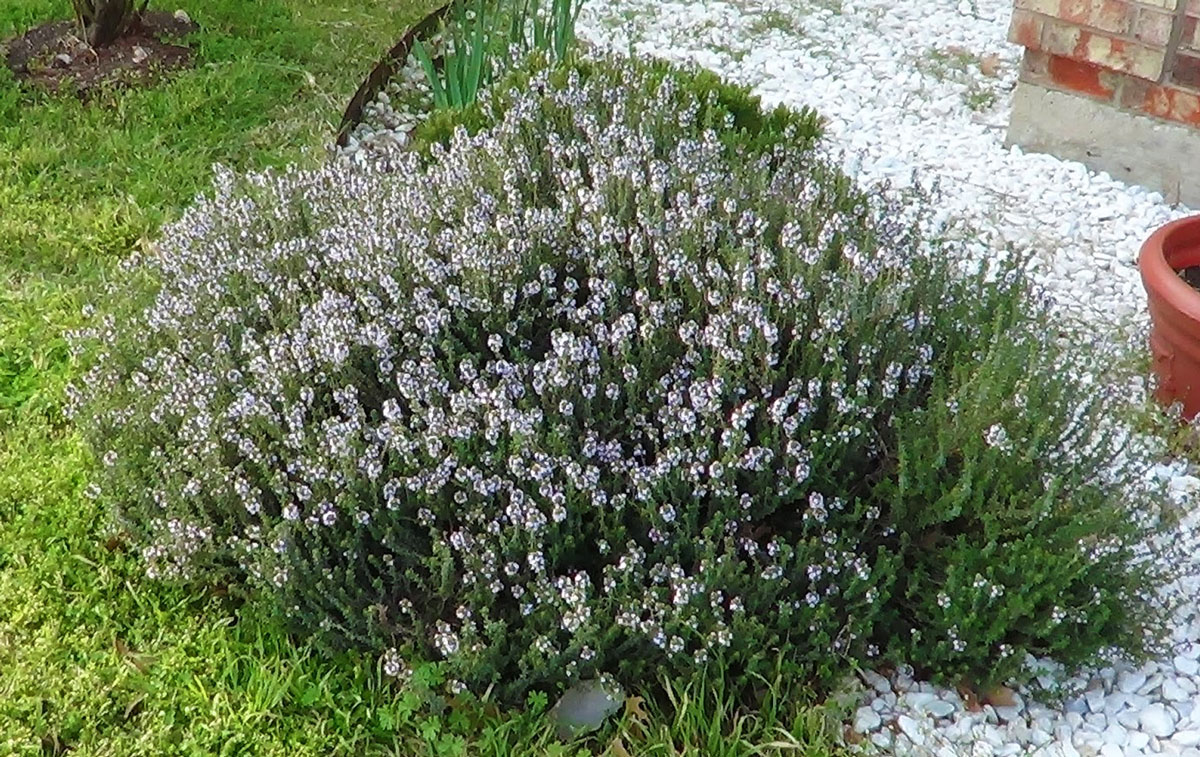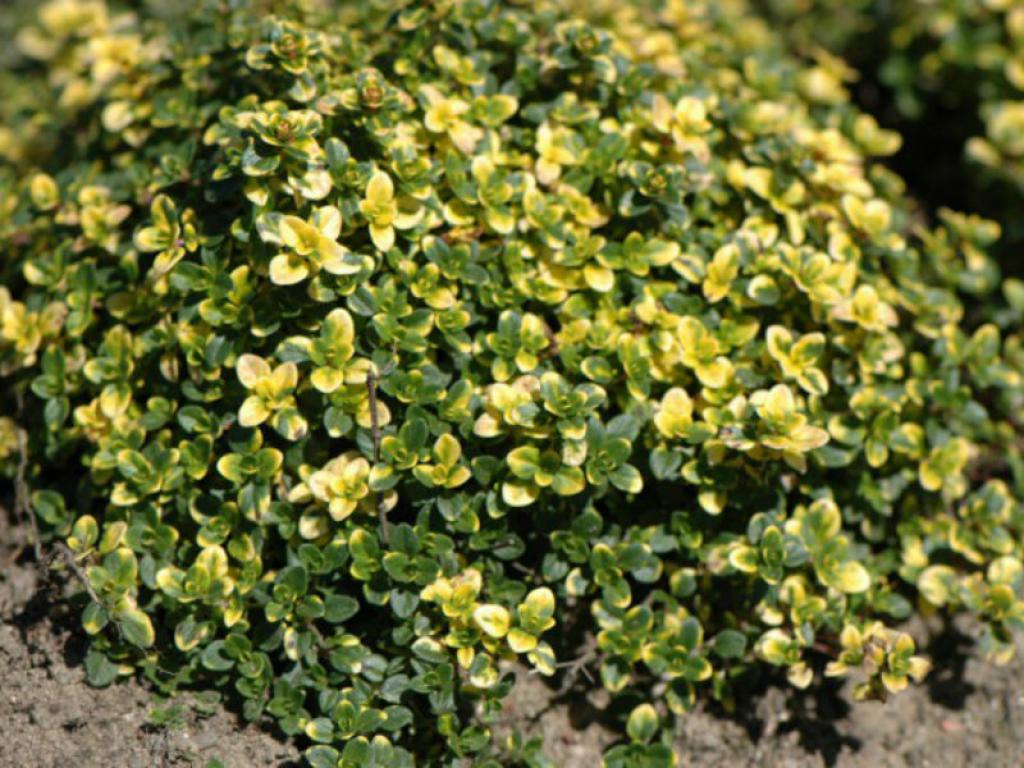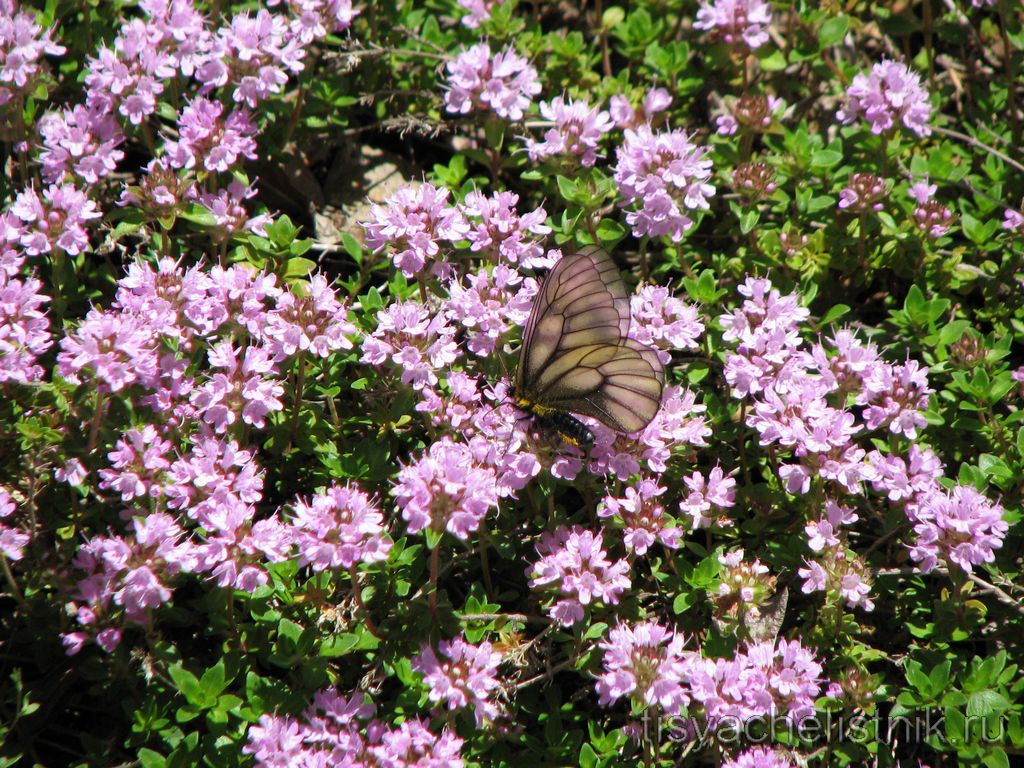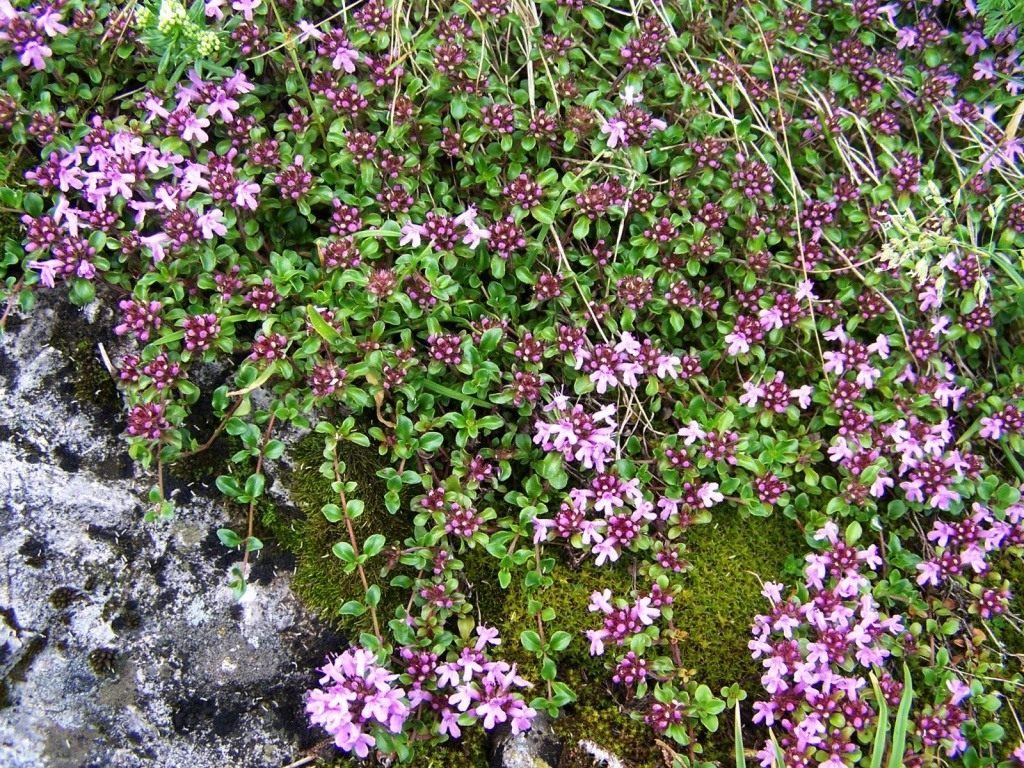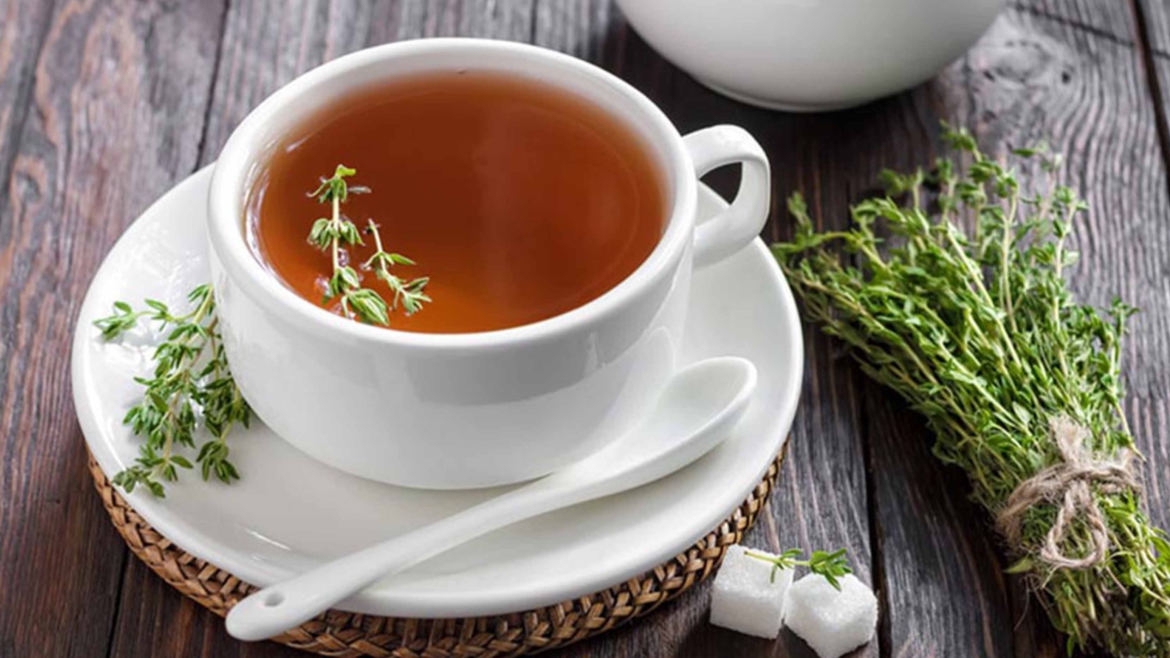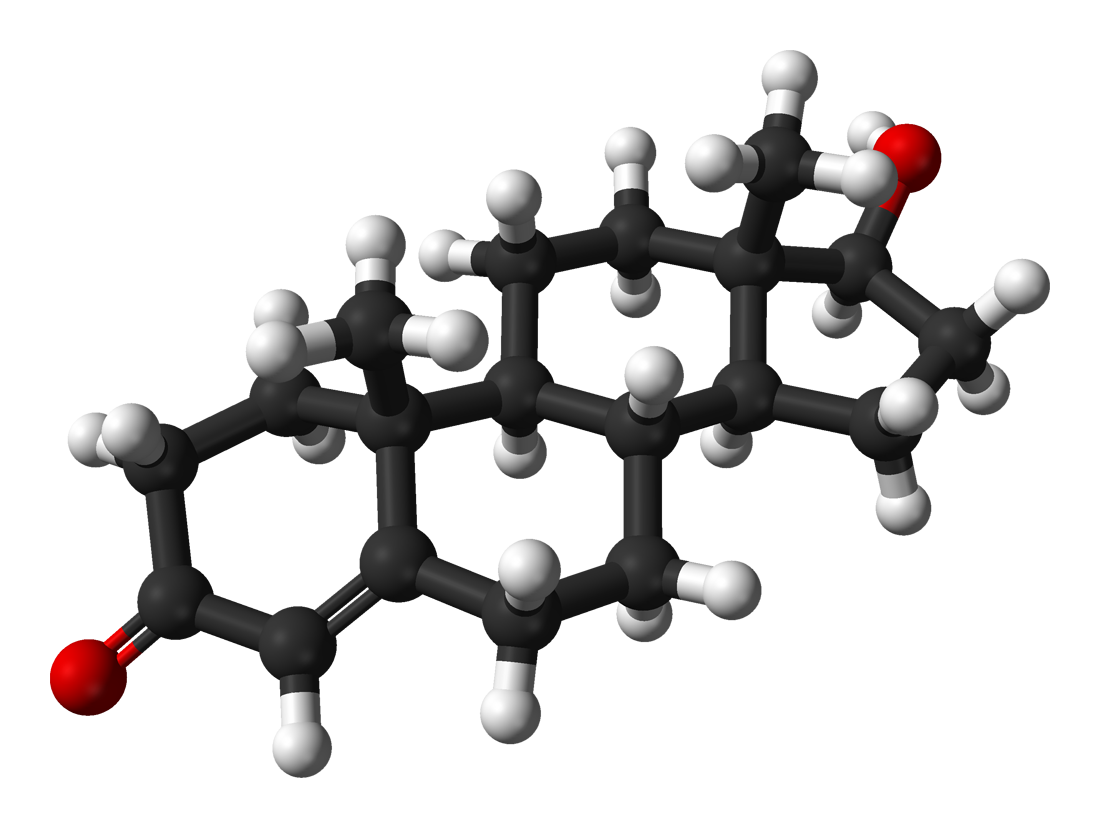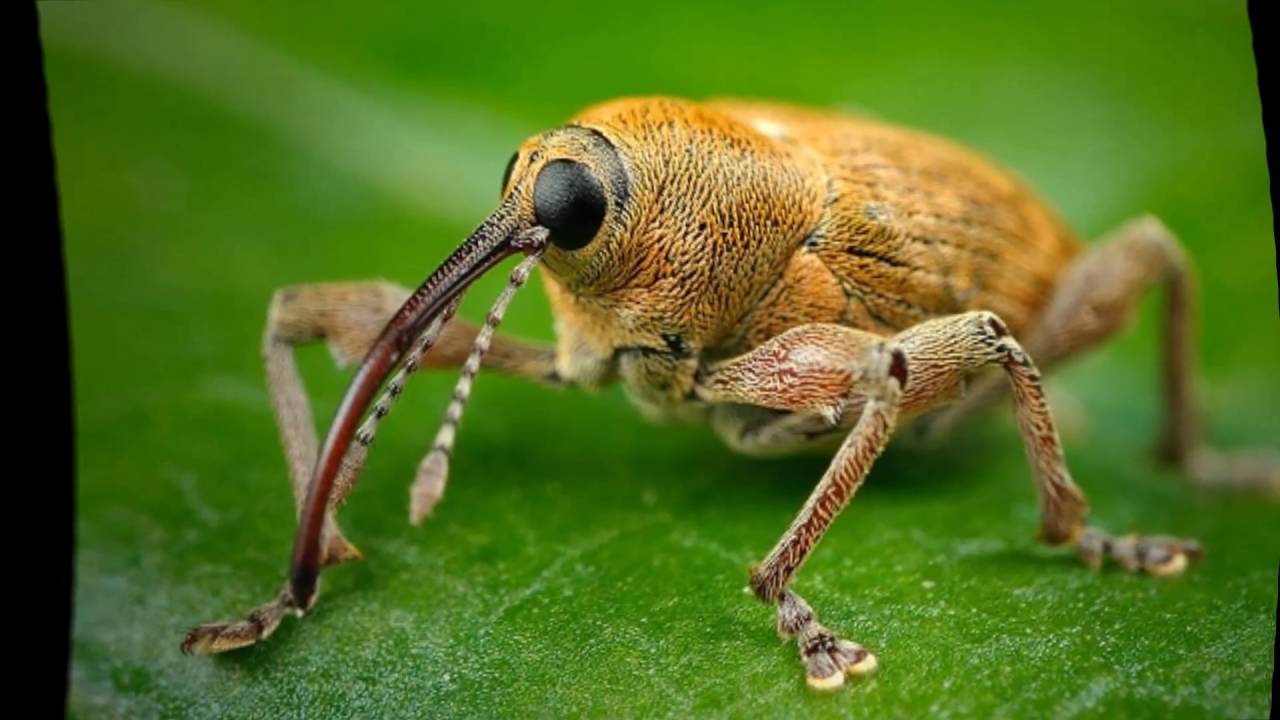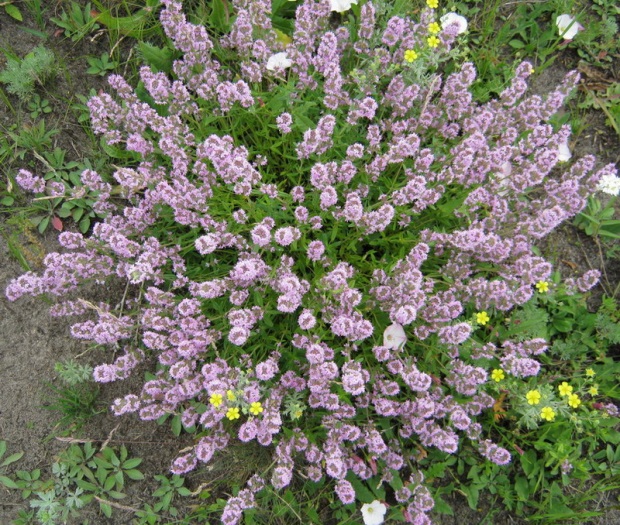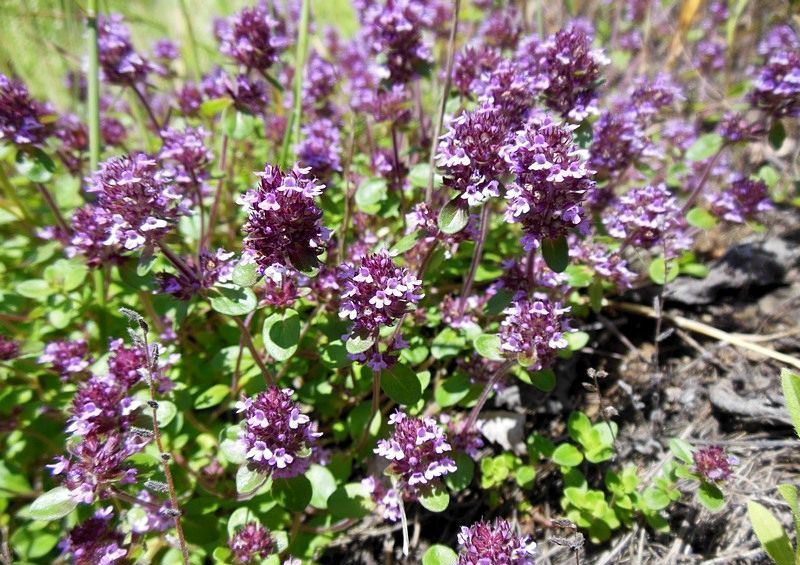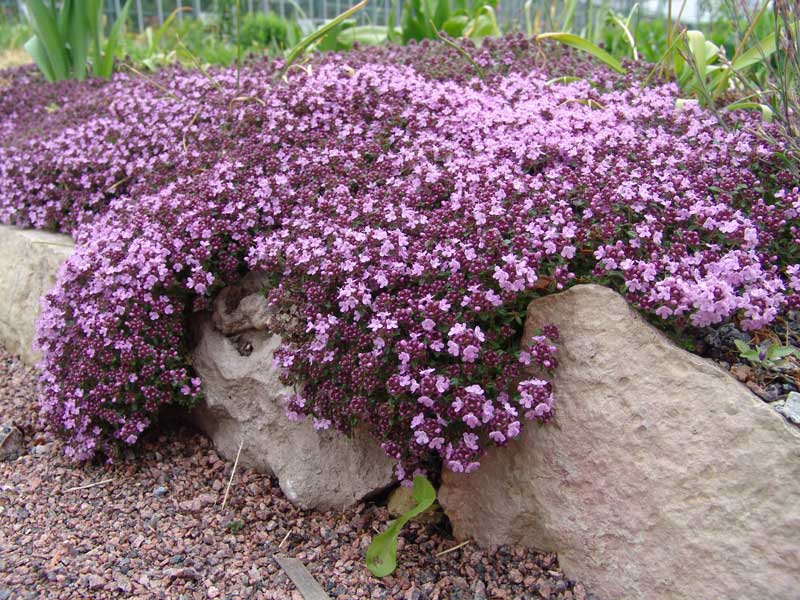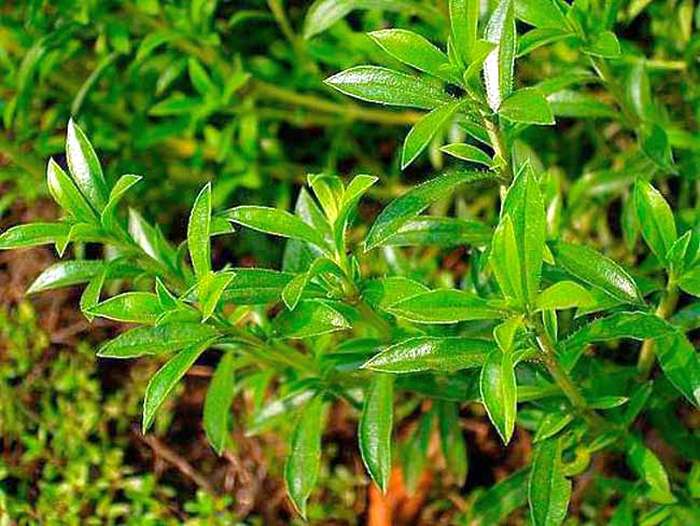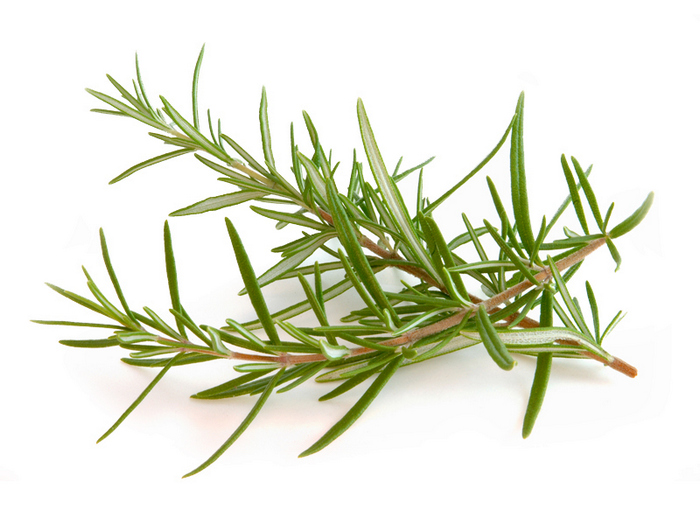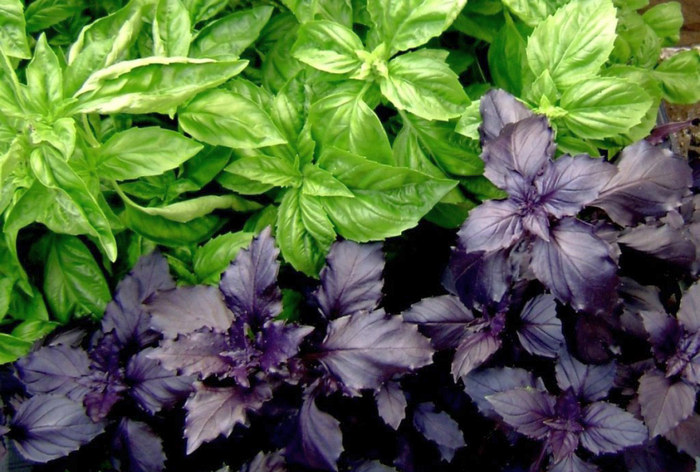Content:
Many people know about the herb thyme. Even if someone has not met her in nature, he definitely tried the popular tea with thyme. This herb is famous for its beneficial properties. It is used in medicine as well as in cooking. If you plant thyme in your garden, it will decorate the area and fill it with a spicy, soothing scent.
Description of culture
Thyme is one of the most beautiful small essential oil shrubs. Representative of the Yasnotkovye family. The closest relatives of the plant: mint, lemon balm, basil, sage.
What is thyme? It is a perennial herb that creeps along the ground. Height - about 20-35 cm. Due to the fact that the plant has creeping stems, in appearance the height of the thyme is only 10-15 cm. The color of the stems is brownish, you can notice small hairs. The stems are very thin, but elastic, dense. There are many branches on them. Closer to the base, the stems are chilled. Creeping on the soil, in the most fertile places, the stems take root, letting out the roots.
The root system of the culture has a pivotal appearance, with branches. The root is woody, strong.
The leaves are shaped like an oval, egg. Slightly concave inward. They are small - about 0.5 cm. Depending on the species, the leaves are even, with notches, with or without veins. The top of the leaf is emerald green. The color of the lower part is gray-green. The petiole is short, almost invisible.
The flowers are small. Depending on the varieties of varieties, the color of the petals is whitish, purple, lilac, fiery. The inflorescence is located above the bush. It stretches to the sky on a straight shoot. In September, the fruits of thyme ripen. They are located in dark nuts hidden in boxes.
Thyme has another name - thyme. The stress is on the second syllable. The question "how to write correctly: thyme or thyme?" has a definite answer. Both options are allowed. A positive answer also has a question: are thyme or thyme the same thing?
What else is thyme called differently? Thyme is called in another way - creeping thyme, Bogorodsky bush, Bogorodsky grass.
Where does thyme grow
The culture grows in colonies. It is not difficult to notice her. Places suitable for the plant: forest glades, forest edges, steppe meadows. There is a mountain species of thyme.
The growing geography is extensive. The fragrant beautiful herb can be found in Eurasia, Greenland, Africa, North America, the Canary Islands.
Types and varieties
There are a large number of varieties of thyme. According to the latest data, there are more than 300 of them. The most popular types: thyme or creeping thyme; common thyme, Siberian, pretty, Altai, resinous, Amur, Baikal, etc. All these varieties of plants are medicinal.
Based on the species, breeders have bred a large number of varieties, hybrids. They can differ in leaves, flowers, taste, aroma. There are several hundred of them. They can be planted by both an experienced and a novice gardener. Seed material is purchased in specialized stores.
Among the most popular varieties:
- Bogorodsky Semko. This variety has very thin shoots. They stretch upwards to a height of 20-25 cm. The aroma of small elliptical leaves is strong and spicy. The taste is pungent, bitter. The flowers are purple.Long flowering. The first flowers can be seen in May, the last in September;
- Aelita. Honey scent. Ideal for adding a rich taste to various meat dishes, adding to tea;
- Rainbow. The twigs can be eaten. The taste is pleasant. The aroma is spicy, fresh. The petals of the flowers are lilac. This variety has a high content of nutrients;
- Aibolit. The variety is commonly used for medicinal purposes. It is dried. Decorative bushes, pinkish flowers;
- Purple Snake. It blooms very beautifully. The flowers are not small. Grown as a seasoning and tea additive;
- Citric. The peculiarity of this thyme is in a pleasant lemon-bergamot aroma. The taste is spicy, with bitterness. The herb is added to fried, stewed meat;
- Fragrant. The variety is characterized by a rich aroma. The twigs are crumbled into salads, added to meat, soup, refreshing drinks;
- Nectar. The variety forms a tall, dense bush. Flowers are white and purple;
- Gavrish. A beautiful perennial. Suitable as flower bed decoration. It is used for cooking, medical purposes.
Thyme and thyme: what is the difference
Despite the fact that thyme (creeping thyme) and common thyme belong to the same genus, they are different species. Thyme and thyme are mainly external differences.
Thyme spreads on the ground, it has an abundant crown, forming a continuous carpet. The root system is thick and strong. The twigs are slightly thicker than thyme.
Common thyme stretches towards the sky. It can grow up to 35-40 cm in height. Stems are thin, branched. Some of them are straight, some lie on the ground. The root is less massive and longer than that of the creeping species. There is a difference in these characteristics between creeping thyme and common thyme.
Despite their external differences, both plants have strong healing properties. They have both been known as medicinal herbs for over three centuries. The inhabitants of Ancient Egypt also added plants to their ointments. Russian people in ancient times used grass for rituals.
Culture properties
The thyme plant has medicinal properties. It can be grown to treat health problems. Thyme properties are diverse. Let's try to figure out what properties thyme has.
So, the healing thyme helps with various pains. It is brewed if there is a headache, stomach ache, convulsions. The oil from the plant can be used if the menstrual cycle is disturbed, as well as during menopause.
The culture can heal wounds of various origins, as it is a powerful antiseptic.
Another property of culture is antibacterial. Thanks to him, medicinal thyme fights acne.
Thyme herb finds application in the preparation of medicinal preparations. Collection of plantain, thyme, chamomile will help with bronchial asthma, laryngitis, bronchitis.
Thyme tea is recommended to drink in order to treat impotence, inflammation of the prostate gland. If a man suffers from premature ejaculation, then it is recommended to use oil cooked in creeping thyme. It is done simply. The plant is dried and crushed. Take 20-30 grams of dry mixture. It is filled with about 0.15-0.2 liters of oil. Olive will do. Everything is infused in a dark place, for example, in a closet. You can use it for the second month.
What else is thyme useful for? Thyme oil is used to remove stretch marks after pregnancy, tea with this plant will help increase lactation.
The medicinal herb collection helps to treat alcoholism. In this case, relatives can try to cure the patient without his knowledge. It often happens that a person simply does not want to give up alcohol.This causes problems for his family. In this case, thyme will come to the rescue. The plant contains thymol. It is a phenolic compound that can cause nausea. If thyme is added to alcohol, the person who drank the drink will not feel very well. With the constant use of vodka with this spice, an aversion to alcohol may occur.
Thyme decoction is used as a relaxing agent. A decoction bath will help to cope with fatigue, moisturize the skin. You can rinse your hair with broth. This procedure will make your hair stronger and get rid of dandruff.
Also popular is the creeping thyme tincture. Fresh twigs with flowers are placed in a container with a volume of 0.5 liters. The jar or bottle should be half full. Then 0.4 l of vodka is poured there. The tincture should not be touched for 2 weeks. After that, her joints are rubbed, which ache. Muscle pains will go away.
Pharmacognosy considers medicinal thyme very carefully, in view of the fact that this herb is an important source of raw materials for medicines. So, creeping thyme extract is one of the elements of the popular remedy - Pertussin. This drug is prescribed for patients who have a cough.
Essential oil, tinctures are produced from the plant, and released as part of medicinal preparations. Dry thyme can be seen in pharmacies and specialized outlets. Thyme is used as a herbal component in various pain relievers and medicines for the gastrointestinal tract. It is added to health-promoting elixirs. The essential oil from the plant is used in the production of ointments and creams.
Chemical composition
Thyme properties and uses are due to its rich chemical composition. The plant contains:
- Vitamins of group B, C, E, K, A, PP;
- Carotene;
- Potassium;
- Calcium;
- Selenium;
- Iron;
- Sodium;
- Thymol;
- Carvacrol;
- Terpineol;
- Borneol;
- Caryophyllene;
- Ursolic acid.
If everything is clear with vitamins, macronutrients, microelements, then other names of substances contained in the grass can alert an ordinary person. However, each of these components is a very necessary element.
Thymol is a monoterpene phenol. He is a natural antiseptic. This substance has an anti-inflammatory, analgesic effect.
Carvacrol is an organic compound, a natural antibiotic. Its action extends to viruses, microbes of various types.
Terpineol is an isomer. It has a strong antimicrobial effect.
Borneol is a terpene alcohol. It is not toxic. This chemical compound is antiseptic. It copes with diseases of the gastrointestinal tract, infections, heals, rejuvenates the skin.
Caryophyllene is a hydrocarbon responsible for skin improvement.
Ursolic acid has an anti-inflammatory effect, has a positive effect on the functioning of all organs in the human body.
Each chemical element has its own specifics and is responsible for a specific property. However, it is the complex of substances that allows the thyme to have such strong healing capabilities.
Whom can thyme harm?
Such a unique chemical composition can not only help, but also harm. This plant should not be used if a person has a stomach ulcer, disorders in the functioning of the kidneys, liver. Another contraindication to the use of thyme is the insufficient functioning of the thyroid gland. You can not use creeping thyme for myocardial infarction, pregnancy.
About pests of culture
Planting creeping thyme in the garden is not only beautiful, but also practical. Due to its fragrant aroma, it repels pests. Moreover, not only from their bushes, but also from the crops that are the closest neighbors.But this requires proper care of the spicy grass. If there is none, then pests will appear.
Thyme can be attacked by aphids, weevils, meadow moths. If the owner of the site noticed these insects on the crop, action must be taken immediately. You need to fight with the help of chemicals that are harmless to humans.
Thyme can be called a real miracle of nature. Its medicinal properties were discovered about three centuries ago. The grass was revered by our ancestors. And in the modern world, thyme is part of many medicines. You can plant a herb in your garden and use it as a condiment or for healing. However, you should follow the measure.
